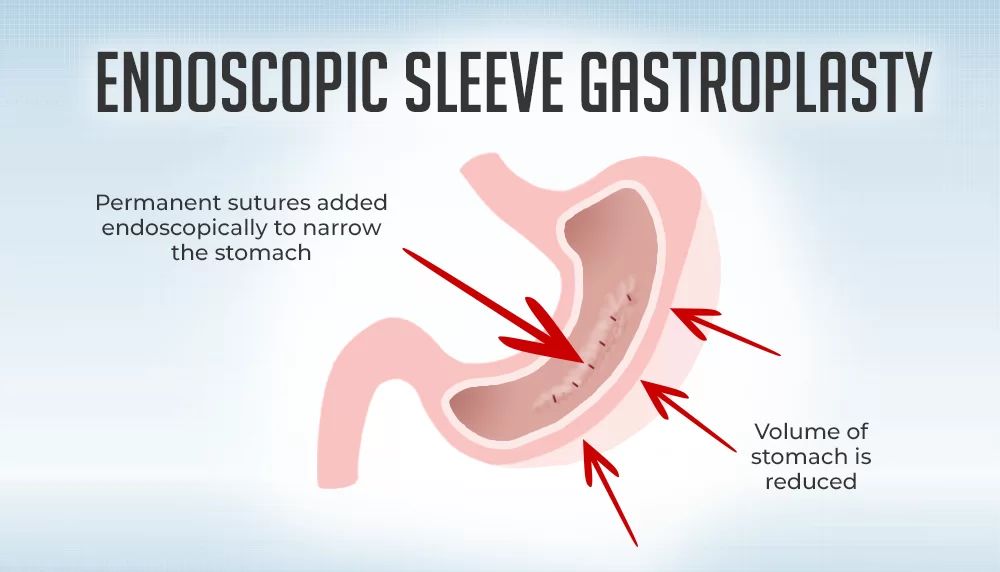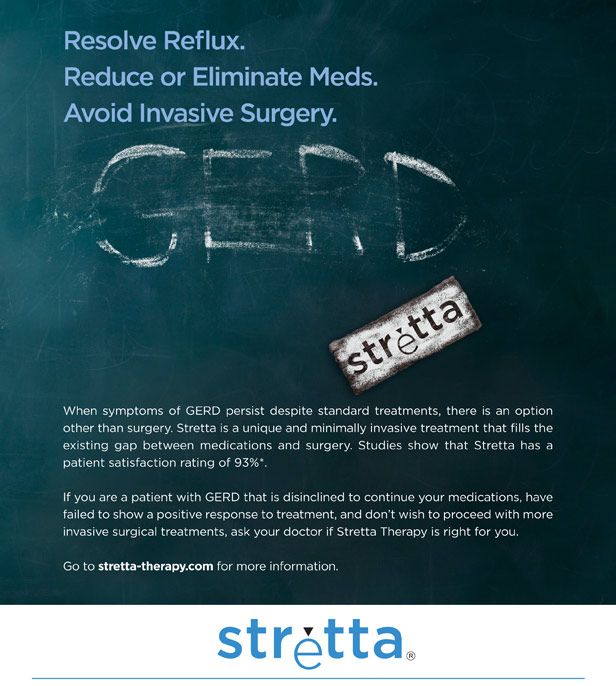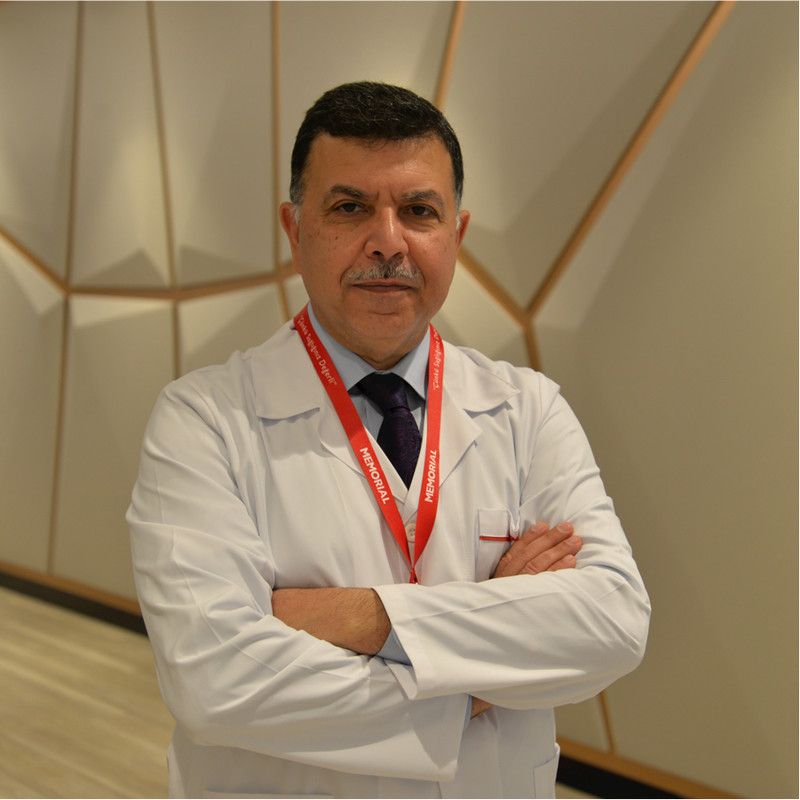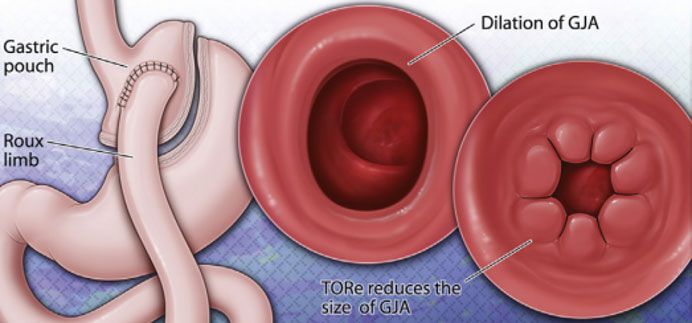
Endoscopic Sleeve Gastroplasty Treatment for Recurrent Weight Gain After Surgery
Learn about ESG, a minimally invasive weight-loss procedure that reduces stomach size without surgery using an endoscopic approach.
An endoscopic sleeve gastroplasty (ESG) is a minimally invasive, non-surgical weight-loss procedure that uses an endoscope to reduce the size of the stomach. An endoscope is a flexible tube with a camera and a suturing device that is inserted through the patient's mouth to place stitches inside the stomach.
How the ESG Procedure Works
The procedure, also known as the "accordion procedure," involves the following steps:
- A doctor inserts an endoscope through the mouth and esophagus into the stomach while the patient is under general anesthesia.
- Using the suturing device, the physician places a series of stitches in the stomach wall, pulling the folds of the stomach together.
- Tightening the sutures shrinks the stomach into a smaller, tubular "sleeve" shape, reducing its volume by approximately 60–70%.
The reduced stomach capacity limits how much food a person can eat, causing them to feel full more quickly and for longer periods.
Key Differences from Traditional Bariatric Surgery
Unlike surgical procedures such as gastric sleeve surgery, ESG requires no external incisions and does not involve removing any part of the stomach. This leads to several notable advantages:
- Recovery time: Most patients recover within a few days and can return home the same day
- Reversibility: The procedure is reversible, as the sutures can be removed if necessary
- Lower risk: It carries a significantly lower risk of complications than more invasive surgical options
- Nutrient absorption: Normal digestion and absorption of nutrients remain unaltered


 English
English Türkçe
Türkçe العربــية
العربــية



